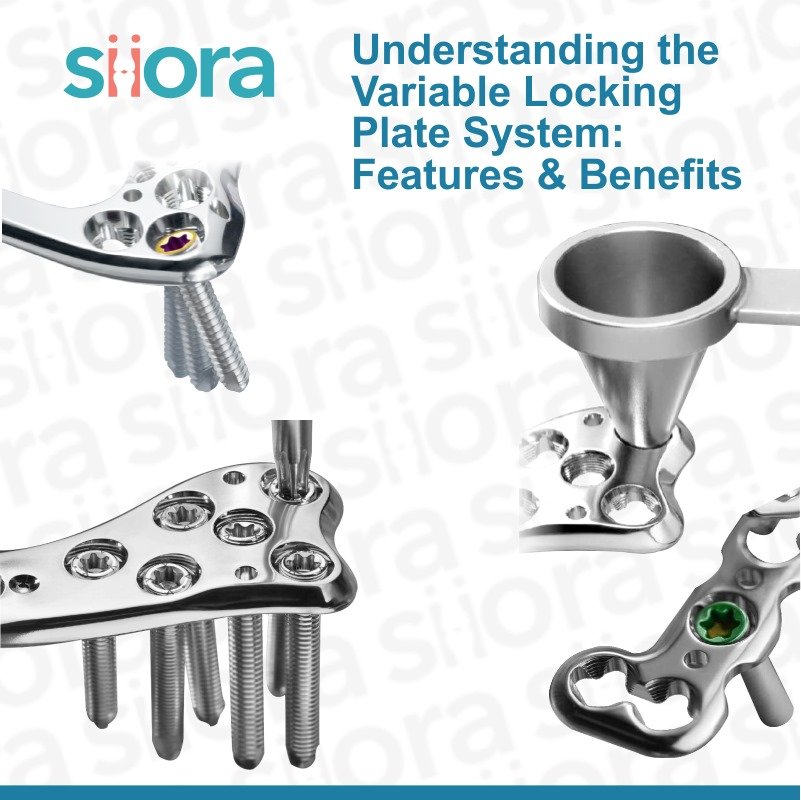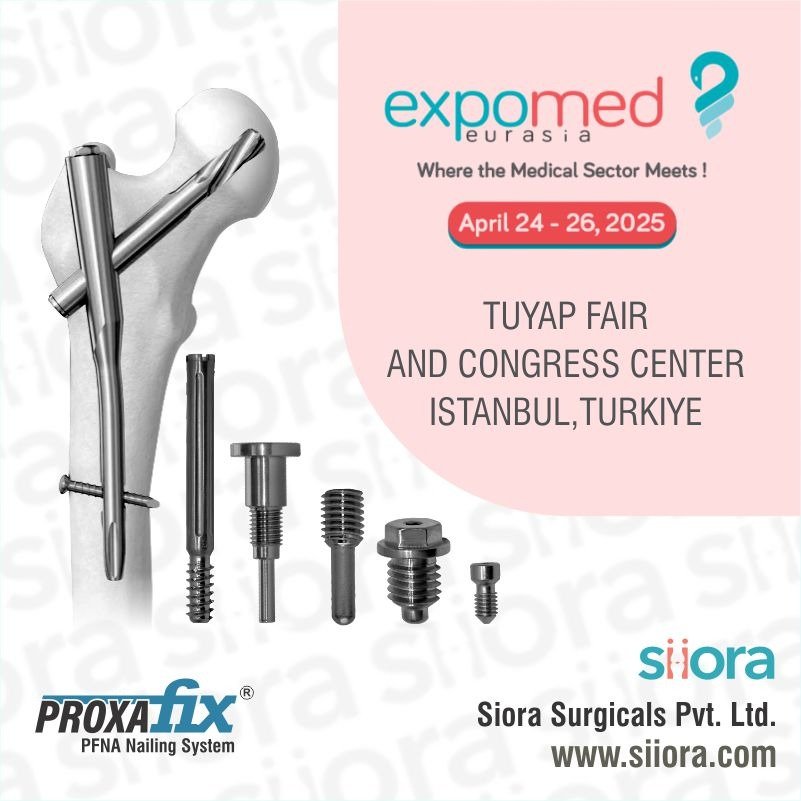The backbone of our body is known as the spine, and it plays a key role in various functions performed by the body. The movements like walking, running, bending, and twisting are assisted by our spine, and besides this, it also protects nerves and the spinal cord. Healthy people naturally have three curves in the spine that gives it an “S” shape. This shape of the spine is known to absorb shock and reduce the risk of spinal injury. But still, high-energy impacts may cause problems in the spine, and that makes the affected person suffer a lot.
The spine is made up of vertebrae that are stacked on top of each other. Between each vertebra, there is a disc that provides cushioning effect. These discs have a tough outer layer that surrounds a soft material known as ‘nucleus.’ Spinal discs serve as shock absorbers for the bones in the spine.
When an injury occurs to the spine, there are chances of the displacement of the disc(s). Such a condition is known as ‘Herniated Disc,’ and it has multiple causes. In this post, we will discuss herniated disc in detail, and see how it can be treated along with its symptoms and causes.
Before we move further, let us start with what Herniated Disc is.
Herniated Disc – An Overview
In layman’s terms, a herniated disc is an injury of the spine. This condition is characterized by the displacement or movement of the disc(s) that serve as cushions between each vertebra. Here, the nucleus present at the center of the disc comes out into the spinal canal as the annulus (outer layer of the disc) gets ruptured. There are many causes that result in rupturing of the herniated disc, and one of the commonest being age-related degeneration. This condition mostly affects people between 35 and 50 years of age. No apparent reasons may be noticed when the condition first starts to show symptoms. People suffering from this condition may also show symptoms when they lift heavy weight or twist their lower back.
How a Disc Herniates?
The lumbar disc has a tough outer layer known as annulus that encloses a soft jelly-like material nucleus pulposus. With time or aging, wear & tear in the discs is common, and during that process, the inner material protrudes out along with the displacement. This whole process is known as disc degeneration. It starts to show up generally in early adulthood, and for that, certain imaging tests like x-ray will be required.
Disc herniation also occurs when excessive pressure or stress is applied to the spine. In such cases, the outer layer of the disc cracks or bulges, and this pushes the disc towards the spinal canal. This causes pain in the back that radiates to the hips and legs.
Sometimes, disc herniation also occurs when a person lifts heavy objects or performs certain movements repetitively that involve the spine. Overweight people are also prone to developing a herniated disc. Sportspeople are at high risk of disc herniation as they perform repetitive motions over the years. Above all, the lifestyle of the people also contributes to disc herniation. People who smoke and consume alcohol excessively can also get disc herniation without any injury or other cause. Above all, age-related disc degeneration is still the commonest cause of the condition.
This condition generally occurs in the lower back (lumbar spine) and the neck (cervical spine). The location of the pain depends upon the location of disc herniation.
What Are the Symptoms Associated with Disc Herniation?
The symptoms of the condition depend upon the location and severity of the disc herniation. Mild to moderate pain is common, and almost everyone suffering from the condition will experience this. Sometimes, if a nerve is not pressed during herniation, the person may experience mild backache. In some cases he/she may not experience any pain at all.
In some cases, the pain is sharp and unbearable, and it may occur while performing daily activities like walking, sitting, standing, or bending. If the lumbar spine is affected, leg pain will also be on the cards. Tingling or numbness in the leg and/or feet may also occur.
When the disc herniation occurs in the neck, the pain will be experienced in the neck. Sometimes, pain between the shoulder blades is also noticed, and that may radiate down to the arms, hand, and or fingers. Many people affected by the condition have also reported a feeling of numbness or tingling in the arm or the shoulder.
How Herniated Disc is Diagnosed?
Identifying the right source of the pain is important during the diagnosis of the herniated disc. For that, the diagnosis often starts with the physical examination to see painful movements, location of the pain, nerve function, and muscle strength. A question & answer session will also be conducted. There, the doctor will ask the patient about his/her medical history and symptoms experienced. During the session, the patient will also be asked about the movements that worsen up the pain and those that provide relief. Right answers to all these questions are very helpful for the doctor to make a correct diagnosis and choose the best treatment method.
The diagnosis of the condition doesn’t end here, as, after this, certain imaging tests will also be ordered for confirmation and to check how severe the condition is. The doctor may order one or more of the below-mentioned tests:
- X-ray
- MRI Scans
- CT Scans
- Discograms
What is the Treatment of Herniated Disc?
The extent of the injury along with the cause and severity of symptoms experienced by the person will decide the type of treatment provided.
In people with a mild condition, a targeted exercise program to improve the strength of the back and muscles can provide relief from the pain and other associated symptoms. In such cases, the doctor also prescribes pain relievers and anti-inflammatory drugs. Besides this, the person is advised not to lift weight or make movements that cause pain.
If pain relievers and NSAIDs fail to deliver expected results, the doctor may prescribe muscle relaxers, narcotics, or nerve pain medicines.
Now, if none of these methods work or the condition starts to affect muscle function, surgery may be recommended. The surgical intervention may include the removal of the damaged disc or spinal fusion to relieve the symptoms. Depending upon the condition, either complete or only the damaged portion of the disc is removed. The procedure performed to remove a portion of the disc is known as microdiscectomy.
If a complete disc is required to be removed, it will be replaced by an artificial spinal disc made of metal. During the surgical procedure, other spinal implants and orthopedic instruments may also be used.
Note, the decision to perform surgery also depends upon the age and health condition of the patient along with the severity of the condition.
Siora Surgicals Pvt. Ltd. is one of the oldest manufacturers of AURASPINE spinal implants and numerous other orthopedic devices in India. Operating for around 30 years, Siora is a CE-certified company with hundreds of global clients. Having a huge product portfolio, the company has established and maintained a strong position in the global market. Siora Surgicals is also a world-class OEM/contract manufacturing service provider.








